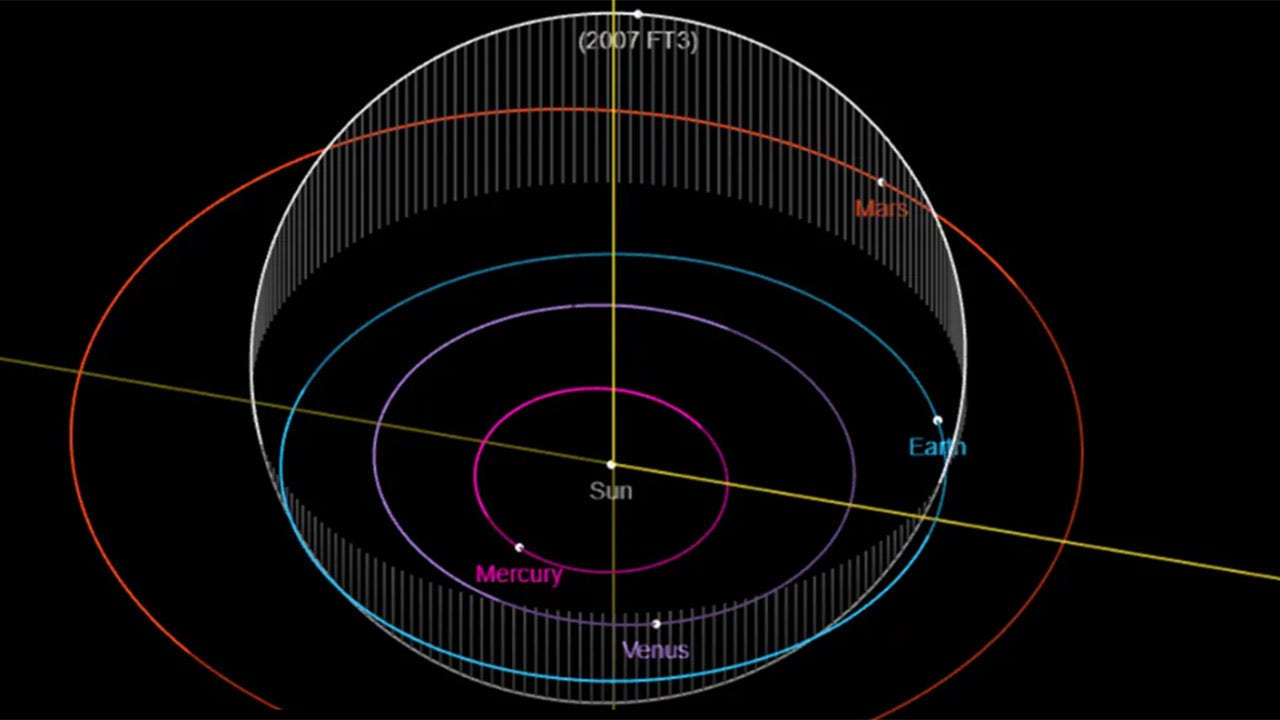**Is Earth at Risk from Asteroid 2007 FT3 in 2024?**
In a recent turn of events, concerns about the potential impact of the 2007 FT3 asteroid on Earth in 2024 have been quelled by NASA. Initially, reports suggested that this 984-foot asteroid, which had been categorized as a “lost asteroid” after its discovery in 2007, posed a slim chance of colliding with Earth in 2024. However, NASA has debunked these claims, reassuring the public that there are no known asteroid impact threats to Earth in the foreseeable future.
**NASA’s Response and Clarification**
The space agency responded to a November report from GB News, which had raised alarming possibilities about the asteroid’s trajectory. GB News had reported a 1 in 10 million chance of the asteroid striking Earth by March 3, 2030, or a 1 in 11.5 million chance of impact on October 5, 2024. NASA was quick to refute these claims, emphasizing that there are no impending asteroid threats to Earth in the coming century. According to NASA and its partners, continuous efforts are in place to monitor and categorize asteroids and near-Earth objects (NEOs), ensuring that any potential threats are identified and assessed accurately.
**Reassurance from NASA**
Amidst the concerns sparked by these reports, NASA sought to reassure the public that the skies are diligently monitored for any asteroid movements that could pose a risk to Earth. The statement released by NASA aimed to dispel any apprehensions and to emphasize their commitment to tracking and categorizing objects in space, especially those in close proximity to our planet. This declaration serves as a reminder of the proactive measures taken by scientific organizations to safeguard the Earth from potential celestial threats.
**The Lost Asteroid and NASA’s Vigilance**
A key aspect to consider in this situation is the misplacement of the 2007 FT3 asteroid, which was categorized as a “lost asteroid” after its initial discovery. Despite losing track of the asteroid, scientists were able to gather valuable information about its characteristics before it disappeared. Notably, the asteroid found its way onto NASA’s Sentry Risk Table, signifying its potential to impact Earth. This highlights the complexities of tracking celestial bodies and the significance of continuous vigilance in observing and predicting their movements.
**Conclusion**
The recent episode surrounding the 2007 FT3 asteroid serves as a testament to the intricacies of monitoring and assessing potential threats from space. It also underscores the importance of relying on scientific findings and official statements from reputable sources such as NASA, particularly in situations that pertain to the safety and security of our planet. As we navigate the vastness of space, ongoing advancements in technology and research will continue to enhance our understanding of celestial bodies, enabling us to mitigate potential risks and ensure the wellbeing of Earth and its inhabitants.


